Livernois Studio (1854–1979, Quebec City)
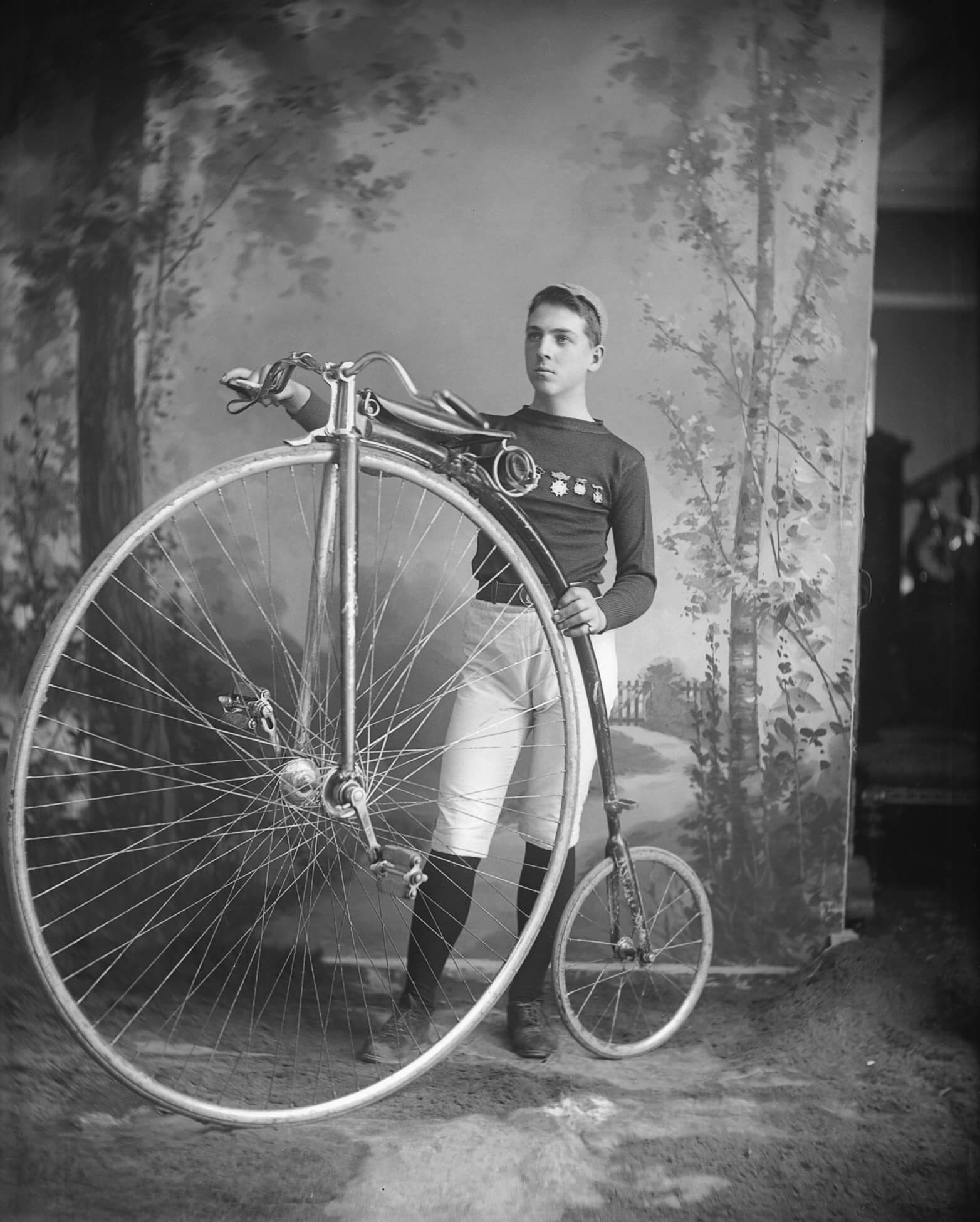
E.L. Laliberté posing with his high wheel bicycle, date unknown
Gelatin silver print
Library and Archives Canada, Ottawa
This elegant portrait captures E.L. Laliberté, a young cyclist with several medals, against a bucolic painted studio backdrop. It is emblematic of the work from the Livernois Studio (1854–1979), which is best remembered for documenting the public and private life of Quebec City for over a century. Besides catering to families, the Livernois Studio photographed a wide range of subjects, from church officials to local folk heroes. The studio, which was run by multiple generations of the Livernois family, was known for collaborating with other photographers and constantly expanding its offerings to seize new opportunities.
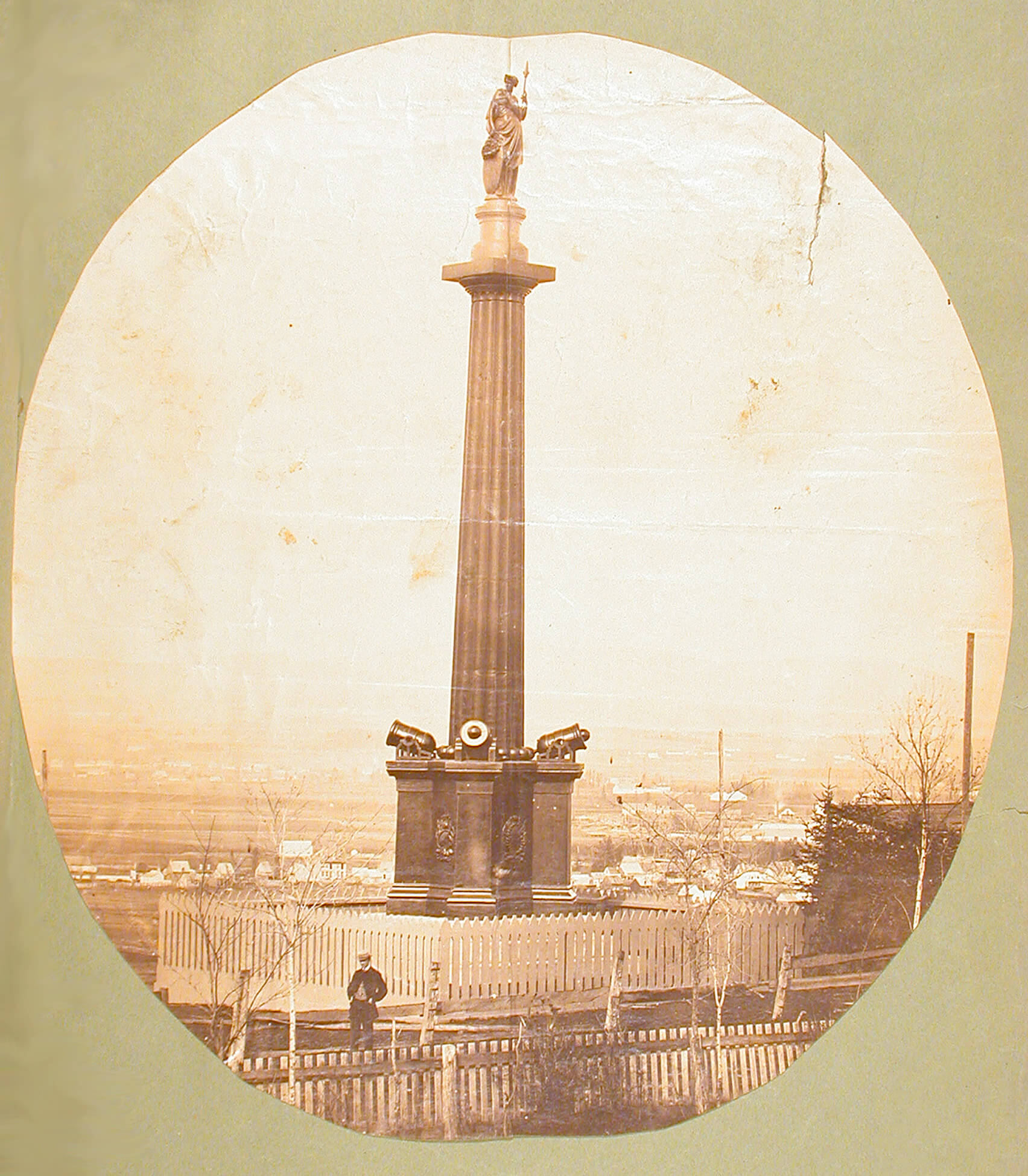
Jules-Isaïe Benoît Livernois, or J.B. (1830–1865), first opened the studio in 1854. Located on Rue Saint-Jean in Quebec City, it specialized in daguerreotype portraits and, later, cartes-des-visites. J.B.’s wife and business partner, Élise L’Hérault dit L’Heureux (1827–1896), worked under the name Madame Livernois and was well known for her portraits of children. The business was a roaring success, so J.B. opened two additional studios and expanded his photographic repertoire to include French Canadian historical artifacts and monuments, as can be seen in Monument to the Brave, Quebec City, c.1860. After tuberculosis claimed J.B.’s life at the age of thirty-four, Madame Livernois took over managing the family studio. The following year she formed a partnership with her son-in-law, photographer Louis Bienvenu, until her son Jules-Ernest Livernois, or J.E. (1851–1933) assumed ownership of the studio in 1873.
Continuing in the same visual genres as his father, J.E. was also known for his landscape photos and outdoor group portraits. A number of historical pageants were held in honour of the 300th anniversary of Quebec in 1908, and the Livernois Studio produced several portraits of sitters in costume, among them the photograph of Mr. Ant. Couillard as King Henry IV and Madame Auguste Carrier as the Queen of Henry IV. By the twentieth century, many Quebecois felt that their traditional ways were disappearing. As a result, genre photos depicting scenes of everyday life in Quebec, such as those produced by the Livernois Studio, were immensely popular.
Following J.E.’s death, his son Jules Livernois (1877–1952) took the reins of the company, which was then known as J.E. Livernois Limitée. Faced with increased competition and a changing field of photography, the Livernois Studio entered a period of decline after the death of the third Jules Livernois and, after a remarkable 125 years, declared bankruptcy in 1979.

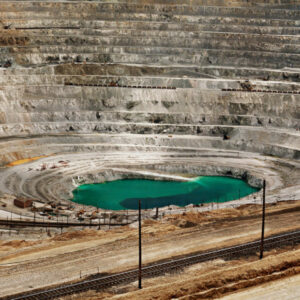 About the Authors
About the Authors
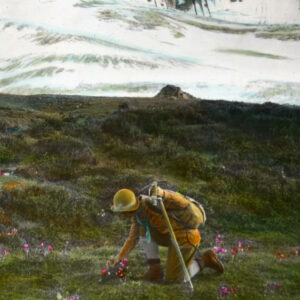 More Online Art Books
More Online Art Books
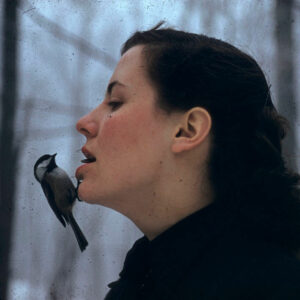 Acknowledgements
Acknowledgements